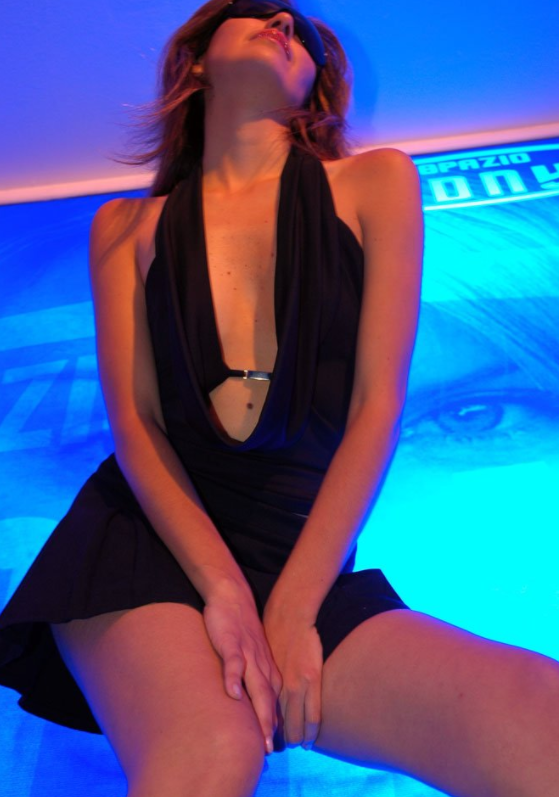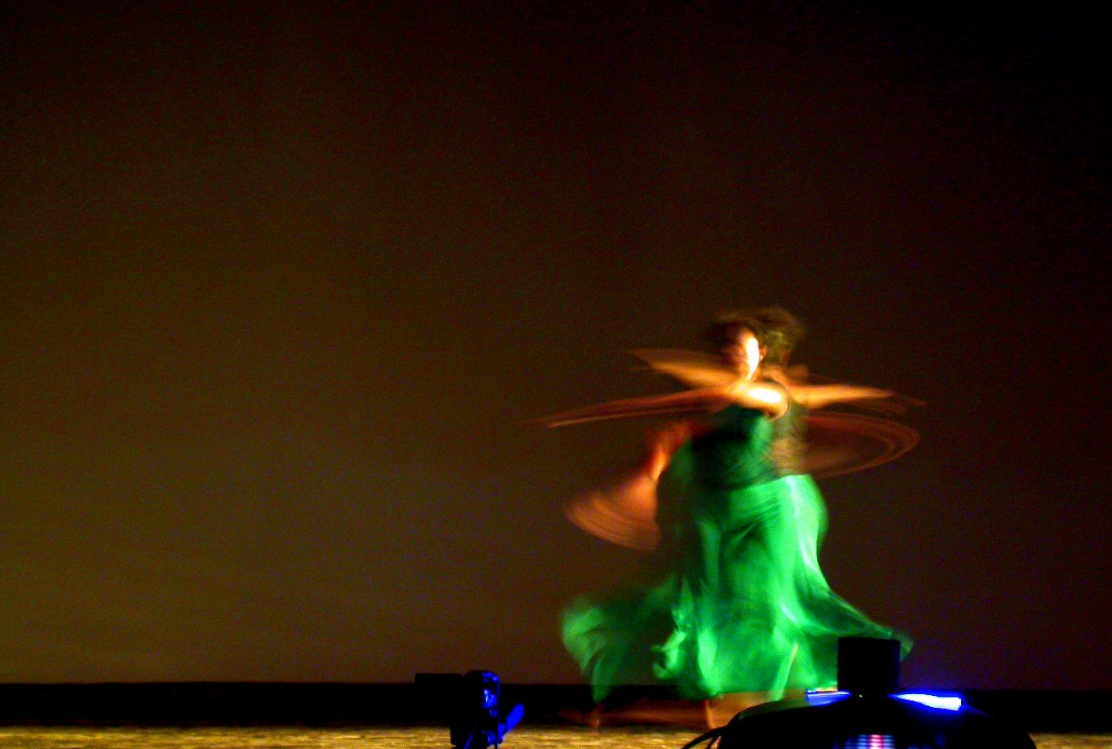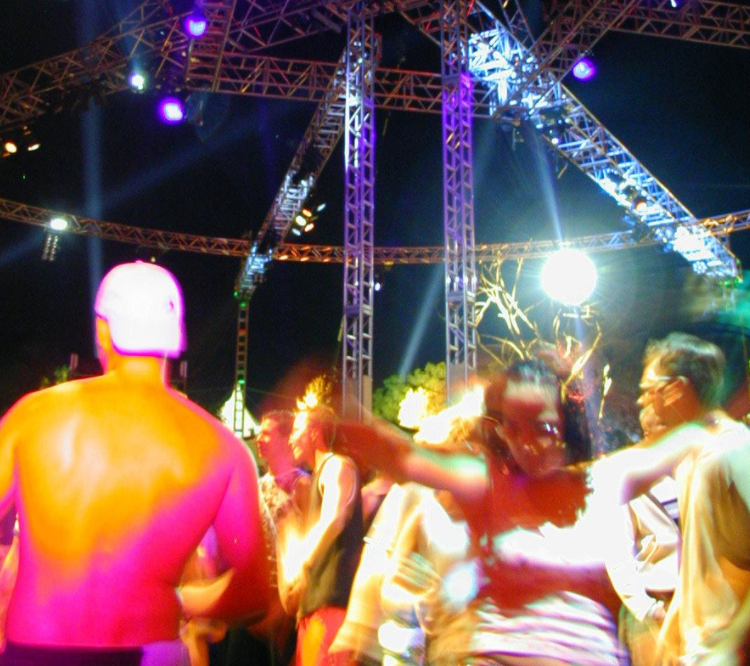Salsa seems to be the most popular social dance around right now, and is usually a favourite in bars, restaurants, ballrooms, outdoor festivals and clubs. It was born on the magical island of Cuba, before arriving to an ecstatic applause in the US, South America, Europe, and other parts of the world.

The Movements

These are a cool combo of the African-Cuban dances: the Danzón, Bomba, Rumba, Mambo, Cha-Cha-Cha and Son. In the past, along with the exciting Salsa music, the dance went through extensive developments in New York, during the middle 1970s. Interestingly, Salsa’s rich history involves different areas in the US and Latin America developing unique types of styling, such as the New York, the LA, Cali Colombia, Puerto Rican, and Cuban.

Body Motion
In the majority of Salsa dance styles, dancers move their weight with their feet, while their upper body stays still and level, as though it is not affected by what the feet are doing. The hips, however, which are classed as part of the lower body, generate flamboyant hip movements which can be read about here. On their upper body, dancers are free to make exquisite shoulder and arm movements, many of which can be improvised. The terrific Cuban Casino form of salsa dancing incorporates strong upper body movements, a shifting rib cage, and shoulder movements that flow rapidly up and down.
The Salsa Rhythm
The music normally ranges from 150 to 250 beats per minute, but it can vary. The general dance rhythm involves taking just 3 steps to every 4 beats of music. This odd step number is the root of Salsa’s fantastic syncopation, and means that dancers must take 8 beats to loop back to the beginning of this basic step pattern.
Leading and Following
As the Salsa is a partner dance, the man has to signal or communicate to the girl, in either “closed” or “open” position. The latter refers to both partners holding each other with either both or one hand. These actions are particularly good for movements that incorporate moving around each other, putting arms behind the back, turns, and so on. The right kind of shoes which allow you to turn, are essential! When in a closed pose, the man puts his right hand on the girl’s back, and the girl places her left hand on the man’s shoulder.
The Forward-Backward Motion
Latin America’s conventional dances include the Salsa’s sensational forward and backward motion. This can be performed either sideways or diagonally, and includes a 3 steps in which the dancers change weight. It is very easy, and once dancers get the hang of it, then they can use exquisite hand and arm movements.
